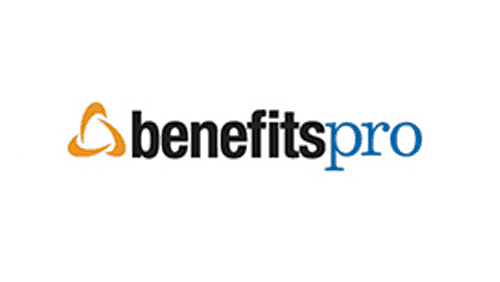
Even before the COVID-19 pandemic, mental health and holistic wellness were some of the hottest topics in benefits. After all, they seem like no-brainers: Happier, less stressed employees are more productive, require less sick time and are more likely to receive preventive primary care that reduces the risk of expensive health crises. If you’re looking to boost your EAP (employee assistance plan), voluntary benefits may be the right solution to expand on existing offerings.
For employers with larger budgets or luxe plans, advanced mental healthcare services can be added to the health insurance offering. But, for small or midsize employers, as well as those with alternative funding arrangements, the cost of adding these benefits can be untenable.
In those situations, it might be tempting to rely on a long-standing EAP that offers these sought-after services. However, EAPs, though a vital part of any well-rounded employee benefit offering, are not a long-term solution, and a growing network of voluntary vendors offer these services at a rate that can accommodate both the employer and the member.
Voluntary benefits offer a variety of services such as telehealth, student loan repayment and childcare assistance
Understanding EAPs
EAPs have been integral in connecting employees to mental healthcare since before the passing of the Affordable Care Act. They provide assessments, short-term counseling, emotional support and other services to employees experiencing crises at work or at home.
But, for all of the important work they do, these plans aren’t meant to be a day-to-day solution. EAPs were designed for emergency situations, meaning some of their coverages are limited by number of sessions or time periods. That isn’t ideal for a member trying to build a relationship with a trusted mental health provider.
Using Voluntary Benefits to Boost your EAP
If your organization has decided to prioritize mental health but pricey, benefit-rich insurance plans are out of the question, voluntary benefits might be just what the doctor ordered.
As an employer, you can choose how much of these benefits you’d like to subsidize, allowing you more control of the budget. Regardless of what you choose, employees will likely notice. In fact, nearly 70% of workers in a SHRM survey found supplemental benefits as important as traditional health insurance and retirement benefits.
Clearly, these perks create positive outcomes but also build employee loyalty—all the more important as the competition for talent heats up after a year of uncertainty.
To get started, have a conversation with your broker about the types of services you’d like to offer. Surveys, informal conversations or a town hall could help identify areas of employee need. Once you’ve whittled down your offering, your broker can recommend specialty vendors that fit your budget.
Voluntary benefit vendors offer a variety of niche services such as telehealth, student loan repayment and childcare assistance. Take Kindly Human, an on-demand service that connects participants with specially-trained “listeners” to provide empathy, privacy and support during troubled times. More wide-ranging options include CCA, a multi-faceted provider of HR consulting, enhanced EAP services and employee education and Bright Horizons, a provider of solutions for working families. These programs extend far beyond the emergency mental health focus of an EAP by providing ongoing engagement and proactive outreach to members. These tactics are key as utilization is dependent on accessibility.
On Education and Communication
Juggling benefits offered by different vendors can be difficult for employees and their families.
Without a customized communication strategy, some members may be looking to their health insurance carrier for information, then moving on when they aren’t able to get answers. Your broker should offer administration tools such as a portal, information session or ongoing engagement campaign to ensure your members are aware of the services available to them. With all of these pieces in place, you can rest assured employees have access to the services they want and need, but in a way that is financially responsible for the employer







